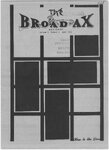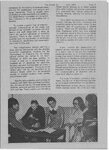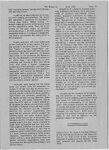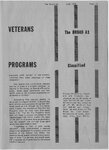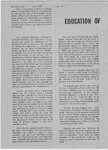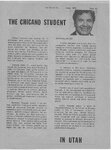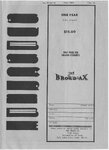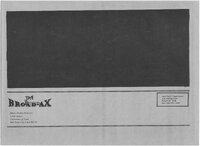| OCR Text |
Show Ax Page 3 ser STUDENTS Ten percent of the American population have a severe physical disability. For many of these people post-secondary education can be the most feasible means to the realization of personally set goals, because the college graduate is placed in a vocational market where the competition is for mental rather than physical abilities. Rehabilitation services at the State University of New York at Albany (SUNYA), provides a solution for the fact that few American colleges can accept disabled applicants for admission. The campus at SUYNA is architecturally and environmentally both accessible for the disabled student; two milestones of little-recognized technology on present college campuses. HANDICAPPED Available to the disabled student attending SUNYA, in addition to the accessible “campus physical plant,’’ are two elements in the comprehensive approach toward affording equal opportunity in education: the use of specialized’ equipment and an_ integrated program of services. was The Rehabilitation Services at SUNYA established on July 1, 1974 through a $35,000 Special Services grant from the U.S. Office of Education. by SUNYA funds. This grant was matched | During the project year ending June 29, 1975, Rehabilitation Services at SUNYA will serve more then 100 students with severe physical disabling conditions. At present the largest category of our students is the legally blind. Work is presently underway to minimize or eliminate remaining barriers so that the campus will have fully adapted academic, residential, recreational and parking facilities. One of the many rehabilitation services at SUNYA is the use of specialized equipment. At present, the library has an EdanLice table-mounted j|luminating magnifier and a VisualTek closed circuit TV read/write system FACILITATING Broad | The for the partially sighted. There is a cassette tape playback machine, and a library of textbooks, reference materials and course handouts in braile, large print and tape is being established. Recommendation has been made for the student in a wheelchair will have University transportation on an equal basis with the ambulatory student. Programatic services include individual Orientation to new students; coordination of paid and volunteer readers for the blind, |
